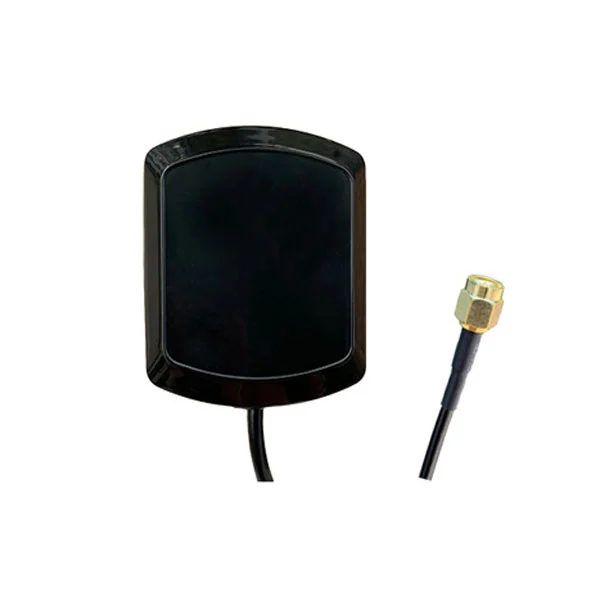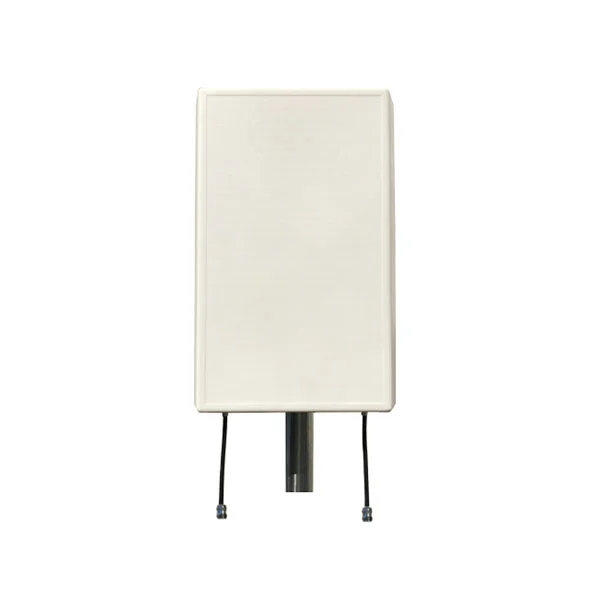The ceramic sheet affects the performance of the GPS antenna
The quality of the ceramic powder and the sintering process directly affect the performance of the GPS antenna. The ceramic chips currently used in the market are mainly 25×25, 18×18, 15×15, and 12×12.
The larger the area of the ceramic sheet, the larger the dielectric constant, the higher the resonance frequency, and the better the GPS antenna reception effect. Most of the ceramic sheets are square designed to ensure that the resonance in the XY direction is basically the same, so as to achieve the effect of receiving satellites evenly.
The silver layer affects the performance of the GPS antenna
The silver layer on the surface of the ceramic antenna can affect the resonant frequency of the antenna. The ideal frequency of the GPS ceramic chip is exactly 1575.42MHz, but the frequency of the antenna is very easily affected by the surrounding environment.
Especially when assembled in the whole machine, the frequency point of the GPS navigation antenna must be adjusted to 1575.42MHz by adjusting the shape of the silver coating. Therefore, when purchasing the antenna, the GPS machine manufacturer must cooperate with the antenna manufacturer and provide a sample of the whole machine for testing.
The feed point affects the performance of the GPS antenna
The ceramic antenna collects the resonance signal through the feed point and sends it to the back end. Due to the antenna impedance matching factor, the feed point is generally not in the center of the antenna but is slightly adjusted in the XY direction.
Such an impedance matching method is simple and does not increase the cost. It is called a single-biased antenna that only moves in a single-axis direction, and it is called a double-biased antenna that moves in both axes.
The amplifier circuit affects the performance of the GPS antenna
The shape and area of the PCB carrying the ceramic antenna, due to the ground bounce characteristic of GPS, when the background is 7cm×7cm uninterrupted ground, the performance of the patch antenna can be maximized.
Although restricted by factors such as appearance and structure, try to keep a considerable area and uniform shape, and the selection of the gain of the amplifier circuit must match the gain of the back-end LNA.
The GPS antenna has four important parameters: gain (Gain), standing wave (VSWR), noise figure (Noise figure), and axial ratio (Axial ratio). Among them, the axial ratio is particularly emphasized, which is a measure of the signal gain of the whole machine in different directions. An important indicator of difference.
Since the satellites are randomly distributed in the hemispherical sky, it is very important to ensure that the antenna has similar sensitivity in all directions. The axial ratio is affected by the performance of the GPS combo antenna, the appearance structure, the internal circuit of the whole machine, and EMI.

 English
English





